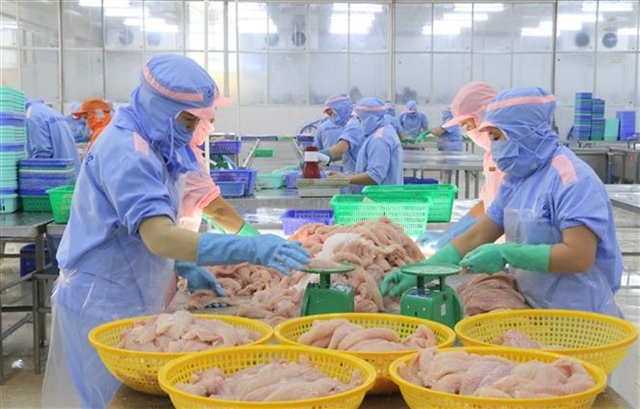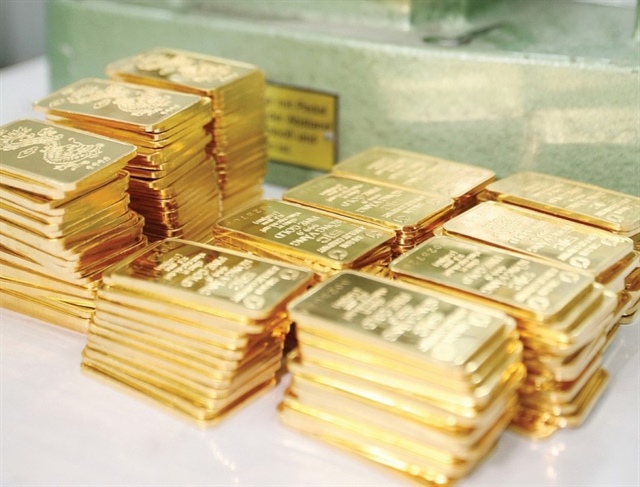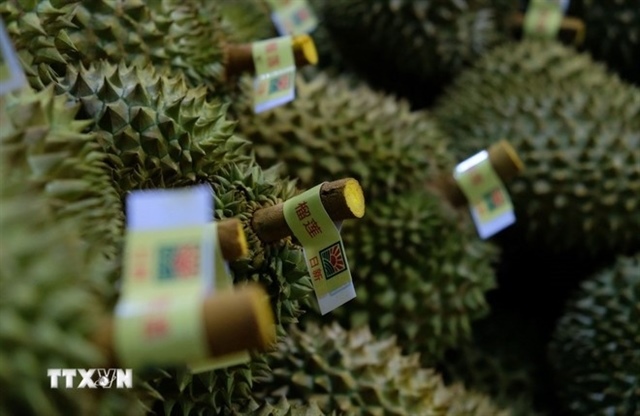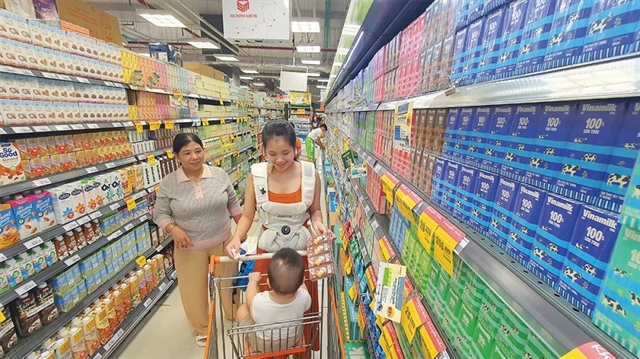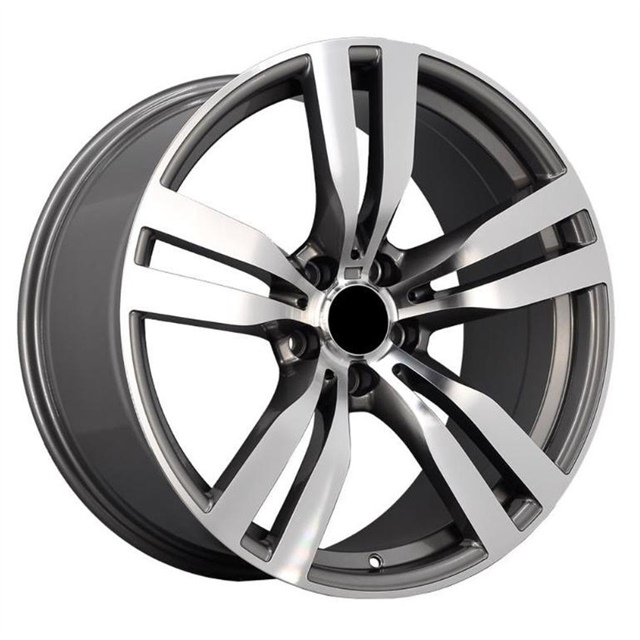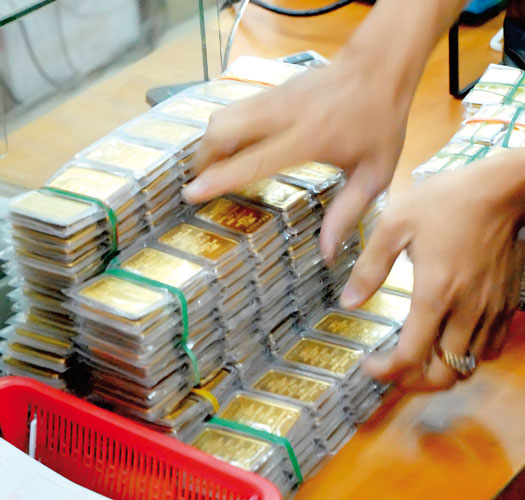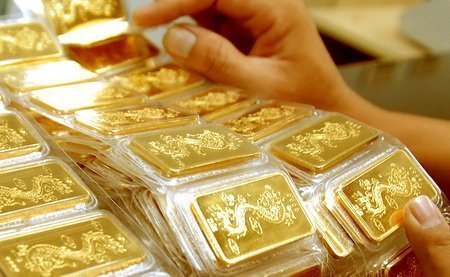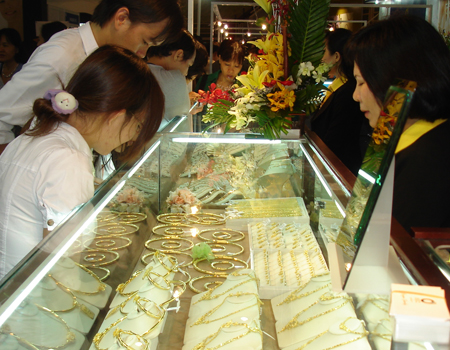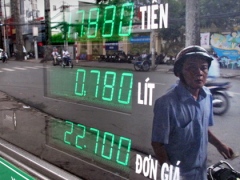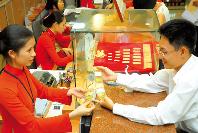Commodity exchanges show shortcomings amid pilot
Commodity exchanges show shortcomings amid pilot
Born after the stock exchanges, the commodity exchanges in Vietnam have quickly fallen into loss and slow development after operating for only two to three years under the pilot schemes.
In January 2011, the Vietnam Commodity Exchange (VNX), the first of its kind in the country, debuted in Ho Chi Minh City, offering businesses and individuals a new channel for coffee, rubber and steel transactions.
Operating as a joint-stock company with a registered capital of VND150 billion (US$7.2 million), the exchange offers trading in futures contracts and swaps as well as brokerage, goods evaluation, transactions, investment consulting, risk management, derivatives and financial support.
But the young trading channel has been struggling to find customers and investors, with the electric panels rarely opened, and the rows of seats hardly filled.
In the first quarter of this year, the total transaction volume on VNX was only 12,000 lots (the unit used on the exchange), or an equivalent VND530 billion worth of transaction contracts, figures from its report show.
The full-year figure of 2011 was only some 93,000 lots, or VND7.3 trillion. The most-traded commodity was coffee, while steel had almost no transactions.
As of last March, there were only 1,981 transacting accounts registered at VNX. The exchange said it received mostly individual investors, who joined the exchange only to study and survey the market.
“There are now few investors at VNX, while liquidity is low, and transactions are mostly between individual investors as we failed to exploit organizational investors,” admitted VNX CEO Tran Duy Phuong.
Similarly, the Buon Ma Thuot Coffee Exchange Center (BCEC) received the government’s go-ahead in March 2011 to begin its pilot operation with coffee being the only commodity allowed for transaction.
Between March and December 2011, BCEC reached a total transacting volume of 7,000 lots, and VND600 billion.
The government has recently allowed the exchange to extend its time period until the end of this year, while it is struggling in a tough spot with local investors showing little interest in transactions, while coffee growers have little trust.
The situation is no better for Son Tin Exchange (STE), a subsidiary of Sacombank, which has been operating for the last three years on transactions of steel, iron, and fertilizer.
“Although we have never incurred losses, profits are just too modest,” director Phan Vu Hung admitted.
Numerous drawbacks
Besides receiving little interest from investors and businesses, the commodity exchanges are also facing some shortcomings rooted from legal frameworks and their operational methods, insiders said.
Concurring with the view, Pham Dinh Thuong, deputy head of the legitimate department of the Ministry of Industry and Trade, elaborated that it is stipulated that the total transacting volume on the exchange not exceed 50 percent of the total products of that commodity in the previous year.
Each member of the exchange is also restricted from transacting a volume that exceeds 10 percent of said production.
Meanwhile, Phuong of VNX said his exchange has petitioned the Ministry of Industry and Trade to offer tax incentives to businesses joining the commodity exchange.
VNX also called on the State Bank of Vietnam to issue a special bank account for commodity transactions.
“Liquidity can only be improved if the exchanges receive participants from international investors.
“Thus, we need to create accounts to manage the investment of international investors on the Vietnamese commodity exchanges,” he urged.
tuoitrenews


